When I started one of my projects, I thought it could be nice to have it multiplatform. Similarly to my Rotary Dial Mobile Phone, which was tested with both ARM Cortex M0 and PIC16F1xxx platform, with only single .c file difference, keeping hardware platform dependant abstraction layer. Because Intel MCS51 (referenced as x51 in following text) platform is still quite popular in some circles and new MCUs can be bought quite cheap, keeping nice price/performance ratio, I decided to build programmer for it. I targeted at devices from Atmel, as those seems to be quite cheap and available. My idea was to make programmer, connected to serial port and waiting for Intel HEX file. Once received, it should program its content into target FLASH memory. No PC software needed, only serial terminal to send text file - throw hex file to serial port and you are done. Under linux, single cat command should be enough.
PIC89PROG
Atmel AT89C devices programmer built around PIC16, just for the lulz
 jaromir.sukuba
jaromir.sukuba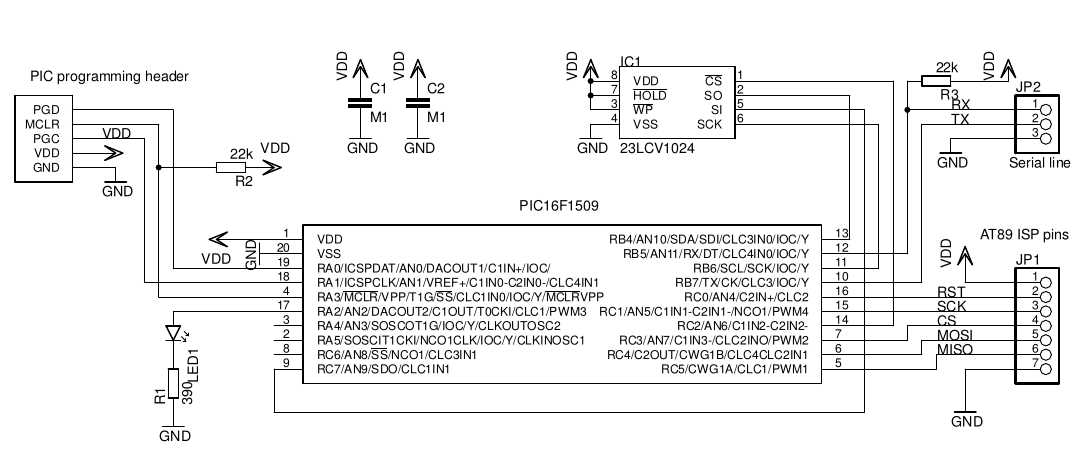
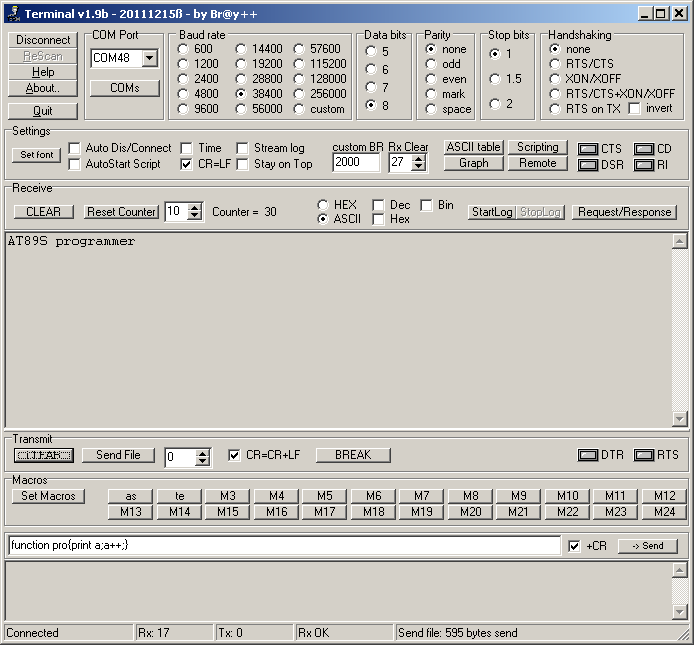
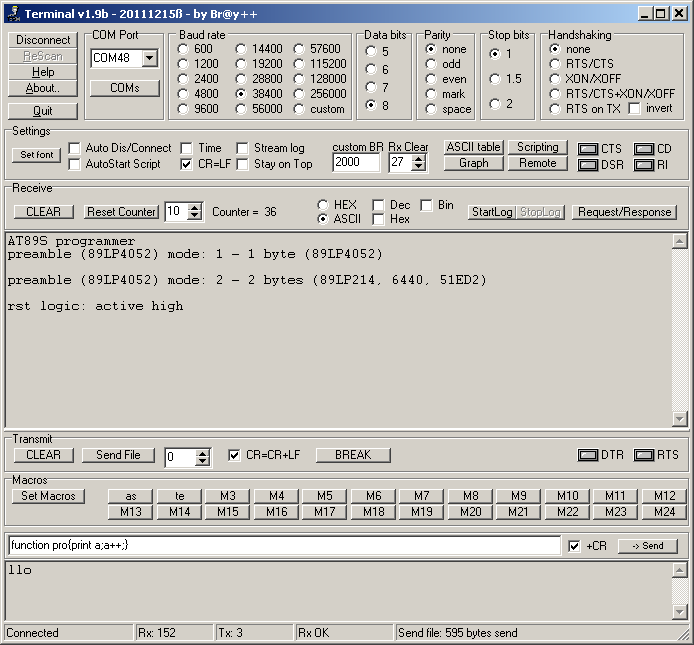
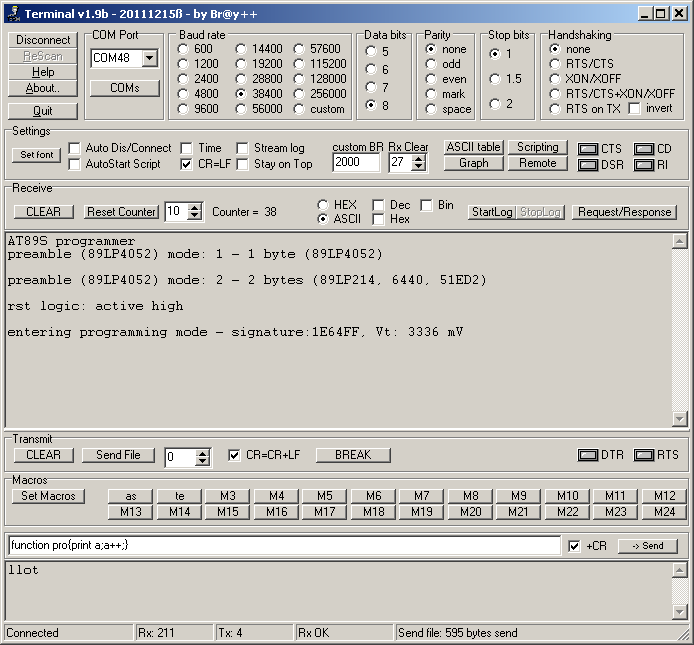
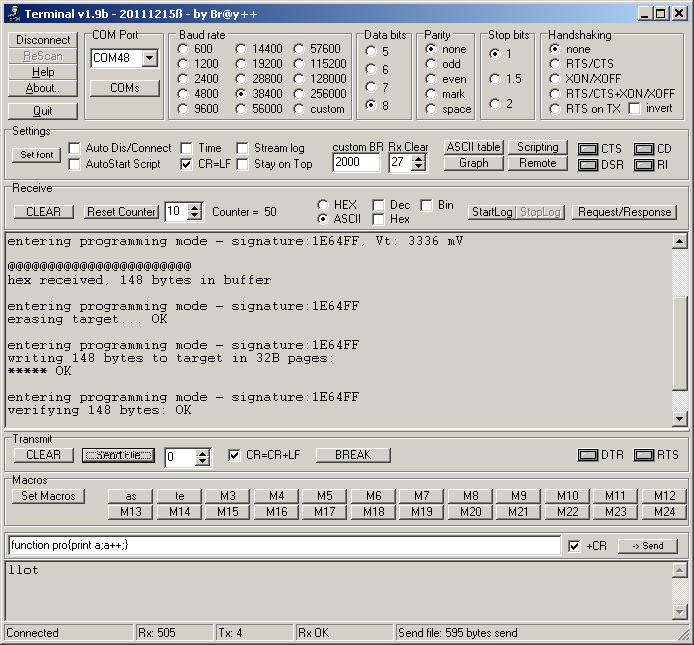


Hello Jaromir. I like your projects. I need to programming at89s2051/4051 controllers. I was very interested in your project PIC89PROG and I have a question... how quickly working programmer? How much times takes prog-verify 4kb flash of 4051 controler, approx? Thank you very much!